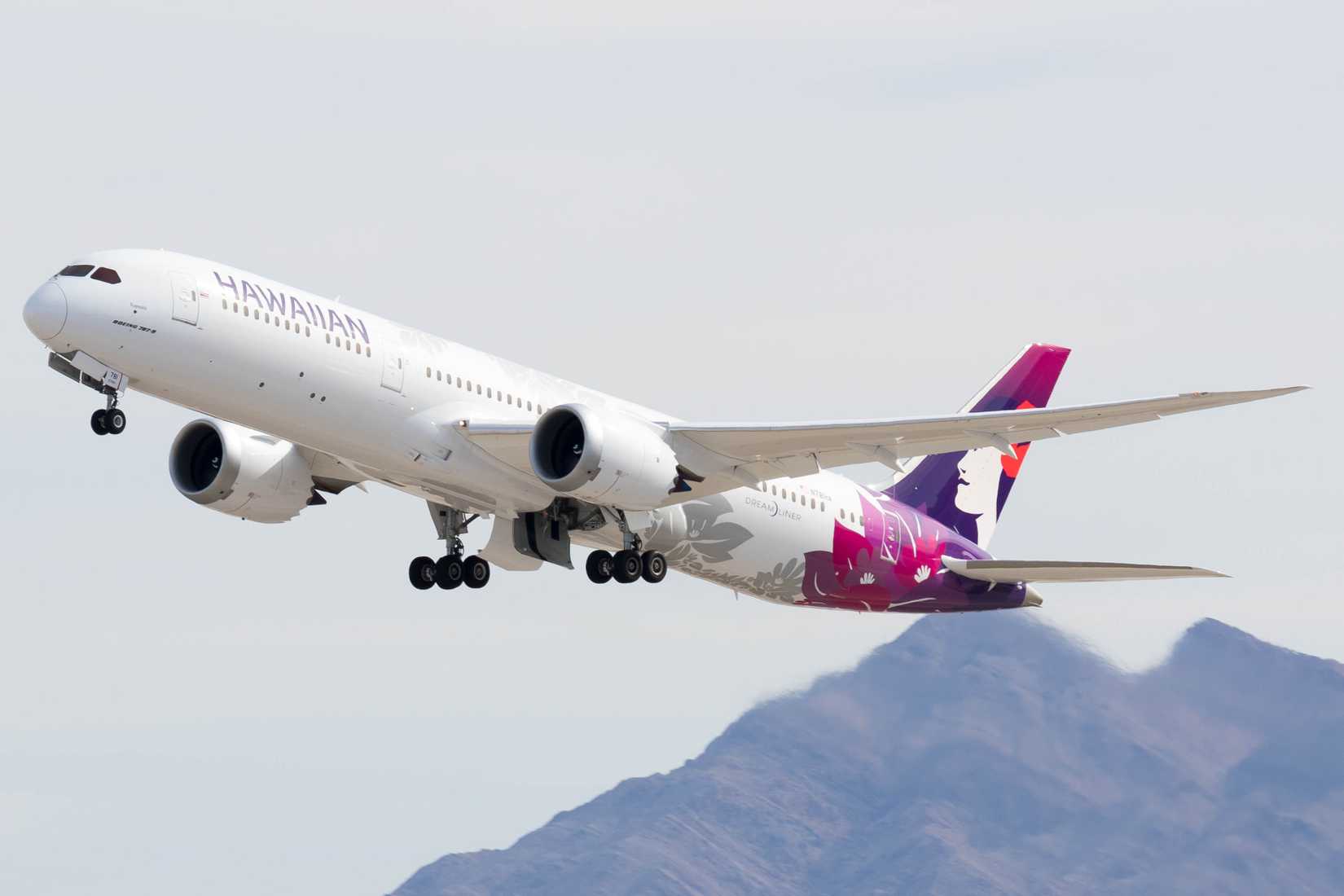Alaska Airlines and Hawaiian Airlines have been progressing through their integration for more than a year. The two carriers finalized their merger in September 2024, and since then, significant steps have been taken toward full integration.
This summer, the US Department of Transportation approved ![]() Alaska Airlines and its parent company, Alaska Air Group, which also owns regional carrier Horizon Air, to assume Hawaiian Airlines’ operating certificates, international services, and codeshare approvals. Hawaiian has also begun integrating its fleet with Alaska Airlines, introducing a new Alaskan look on Hawaiian’s Boeing 787s. One of the more symbolic changes now underway is the transition of Hawaiian Airlines’ IATA code from the former HA to AS.
Alaska Airlines and its parent company, Alaska Air Group, which also owns regional carrier Horizon Air, to assume Hawaiian Airlines’ operating certificates, international services, and codeshare approvals. Hawaiian has also begun integrating its fleet with Alaska Airlines, introducing a new Alaskan look on Hawaiian’s Boeing 787s. One of the more symbolic changes now underway is the transition of Hawaiian Airlines’ IATA code from the former HA to AS.
Six-Month Countdown To IATA Code Switch
Hawaiian Airlines’ HA code is set to disappear after 96 years of service. The change is expected to take effect on April 22, 2026, roughly six months from now. According to schedule data filed by Alaska Airlines and confirmed by AeroRoutes, Hawaiian’s flights will first transition to a temporary HA800–1299 numbering range beginning October 26, 2025, before the full retirement of the HA code.
Before the complete transition to a single IATA code, international routes will move from the 4XX to 8XX range, for instance, the Honolulu–Osaka Kansai service will change from HA449/450 to HA849/850. US mainland flights will adopt numbers in the 8XX–9XX range, while inter-island services will shift from the 3XX block to 1000–1299. This step aims to align schedules and eliminate potential overlaps once both airlines operate under a single IATA code.
Once flight numbers are reassigned and consolidated under one code, Hawaiian’s internal systems, including ticketing, reservations, crew scheduling, maintenance, and even pilot call signs, will be fully integrated into Alaska’s operations. Hawaiian Airlines is set to follow the familiar pattern of airline consolidation, where a carrier’s code gradually disappears, signaling the end of its independent identity. A similar process occurred when Virgin America merged with Alaska Airlines in 2018, retiring the VX code, and when Northwest Airlines was absorbed by Delta Air Lines, leading to the disappearance of the NW code.
Progressing Toward Single Operating Certificate
The news of the IATA code change comes as Hawaiian Airlines and Alaska Airlines move closer to obtaining a single operating certificate (SOC), a key milestone in their ongoing integration.
This development follows the DOT approval allowing Alaska Air Group to assume Hawaiian Airlines’ operating certificates and other economic authorities, including codeshare agreements. The July 2025 approval also allows for the transfer and amendment of existing authorizations held by both Hawaiian and Alaska Airlines.
According to DOT filings, Hawaiian Airlines currently maintains codeshare partnerships with Japan Airlines, a oneworld member, as well as Air China, China Airlines, Korean Air, Philippine Airlines, Turkish Airlines, and Virgin Australia. Alaska Airlines, excluding oneworld alliance partners, holds codeshare agreements with Air Tahiti Nui, Condor, Icelandair, Korean Air, and STARLUX Airlines. Recently, Alaska Airlines ended its codeshare partnerships with Singapore Airlines and LATAM.
What’s Next?
The next phase of integration will see the launch of Atmos Rewards, the shared loyalty program for both airlines. Leadership structures will continue to be aligned, while product offerings and ticketing systems will be further harmonized. As a result, customers will soon enjoy a more seamless experience when booking and flying with either carrier.
Having long specialized in domestic and short-haul flying, Alaska Airlines is now stepping into the world of long-haul international service. The journey began last month with the start of Seattle–Tokyo flights operated by Hawaiian Airlines aircraft. As integration deepens, travelers can look forward to more international routes joining the network.
Arguably, the most hotly anticipated aspect of Alaska Airlines’ forthcoming operations with aircraft from the Boeing 787 family is the carrier’s proposed European expansion. Next year will see the airline start flying to London Heathrow (LHR) and Rome Fiumicino (FCO) from its hub at  Seattle-Tacoma International Airport (SEA) with the 787 fleet.
Seattle-Tacoma International Airport (SEA) with the 787 fleet.





